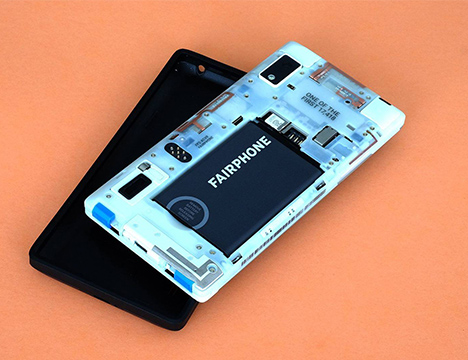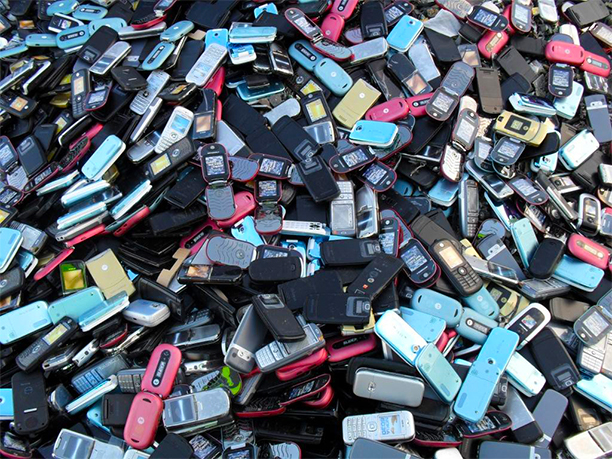First, do you know what "e-waste" is? E-waste is a new type of waste that has emerged in recent decades due to the rise in new technologies. They cause a serious problem: they are very rarely recyclable, or very rarely recycled!
According to the ITU's report “global e-waste monitor ”, 44 million tonnes of e-waste were produced worldwide in 2016. This is equivalent to 4,500 Eiffel towers! Our mobile phones and other mobile devices (tablets, connected objects, etc.) represent 3.9 million tonnes alone.
One of the many challenges caused by the development of telecommunications is to answer the question: how can sustainable, recyclable and environmentally friendly devices be created?
The Dutch start-up "Fairphone" has been striving to answer these questions for the past 5 years.
It all started in 2013 in Amsterdam when an awareness campaign on materials used to produce smartphones transformed into a commercial project.
The idea was to develop a smartphone that respects the environment, its manufacturers and the user.
This broad programme focuses on one main element: transparency. Like the transparent cases of some Fairphones, everything concerning the project is visible: phone components, their origin, profit made by the company, etc.
The concept of transparency is applied throughout production in order to find solutions to the major problems of the smartphone industry: how can the product be made sustainable? How can sourcing be carried out responsibly?

This is not a phone, it is an opportunity to change the industry
Responsible Sourcing:
For 5 years, Fairphone dedicated itself to taking a fresh look at sourcing in the internationalised context of new technologies. Large firms were often criticised for not paying enough attention to the actions of their suppliers. Indeed, it was discovered that some of these suppliers exploited children or used raw materials extracted in an environmentally unfriendly way.

The first step of the Fairphone project was to trace all materials used to manufacture smartphones: cobalt, gold, copper, nickel, gallium, etc and then find out the origin of these materials. Above all, how were they extracted and at what human or ecological cost?
For example, nickel is largely found in Philippine mines. It is responsible for causing disastrous water pollution in the region. At the other end of the world, the work carried out by miners in some African gold mines also raises questions about the responsibility of smartphone manufacturers.
By demanding transparency from its suppliers, Fairphone is currently succeeding in tracing materials and reliable sourcing. This is reflected in their work on gold sourcing in Uganda, in partnership with Stop Child Labour (SCL), UNICEF and the Fairtrade Foundation.
Fairphone has decided to establish strong links with the companies that manufacture their devices. The startup is developing training and supervision programmes with BroadWay Group, the subcontractor in charge of protective cases, based in Hong Kong. This partnership aims to continuously improve the working conditions of the employees. We move from the bottom of the value creation chain (sourcing) to manufacturing. Last but not least, usage by the final consumer.
However, what about the transformation and assembling of these materials? Our smartphones are above all the hard work of hundreds of men and women. Under what conditions?

Repair, reuse, recycle:
The most drastic decision of the Dutch startup is perhaps planned obsolescence.
Far from any commercial consideration, Fairphone sells spare parts to maintain its smartphones, trains its users to repair them and organises the collection of devices that have reached end-of-life. The criticism of the consumption pattern advocated by major manufacturers is clear.
Repair, reuse, recycle is also a solution to the problem of e-waste.
In other words, Fairphone applies its values of sustainability, respect and transparency throughout the value chain. This is a way of tackling the issue of e-waste but, more importantly, the social and ecological impact of new technologies. Interested in change? More information on the startup’s blog.